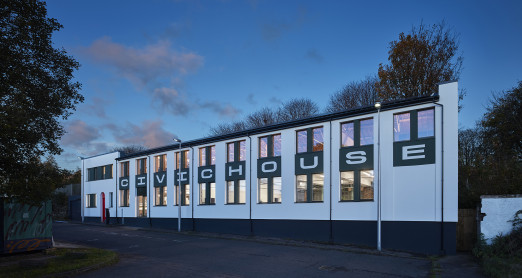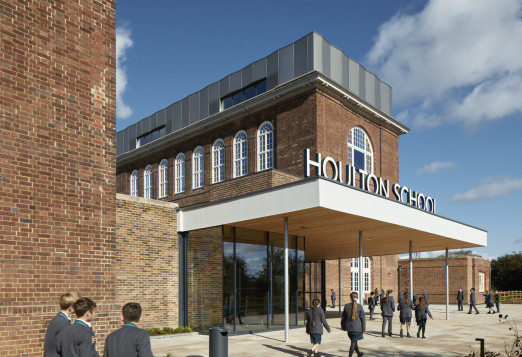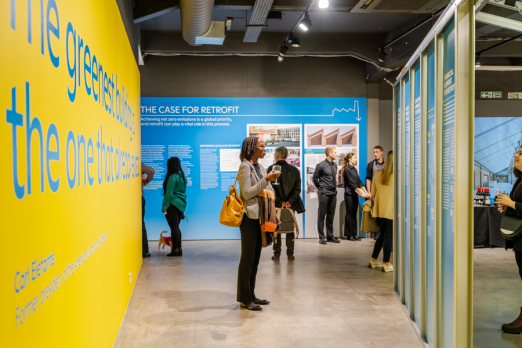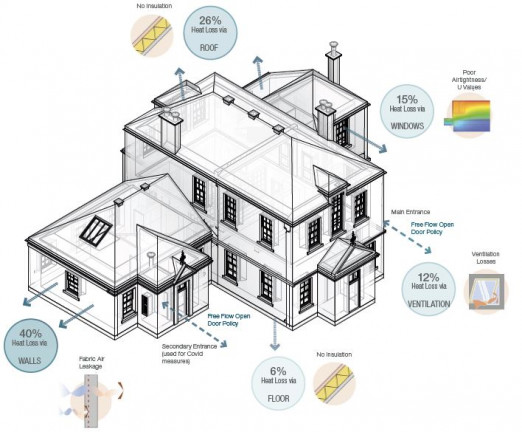The arts and culture sector operates within a varied and complex built environment.
Requirements for these types of buildings (and landscapes) may need to incorporate everything from flexible and programmable spaces for events, cloakrooms, multidisciplinary office spaces for teams ranging from curation to finance to fundraising and development, congregation spaces, and spaces with technical engineering requirements to allow sufficient care of collections. The list is seemingly endless and growing all the time with the aspiration to facilitate more immersive experiences.
Users of arts and culture spaces are as varied as their environment, and as such these spaces need to be accessible to all kinds of parties – general public, dignitaries, scholars, school groups and commercial partners – as well as the diverse workforces required to operate and manage them.
Furthermore, these facilities are often provided in historically significant structures. Whether or not they are formally listed or protected buildings, this brings another complexity to managing and adapting these spaces into high-quality facilities.
Managing and developing these types of environments is a specialism in and of itself, but this is compounded when considering how to align this with the principles of sustainable development. However, there is huge opportunity for Arts, Culture and Heritage practitioners to lead the way for the wider construction sector, when it comes to knowledge and practices around retrofit.
Organisations’ purposes and funding sources influence their approach to retrofit.
Arts and culture organisations, particularly those in the public sector or registered charities, are required to do more than improve their bottom line. They are very likely to be purpose-led organisations aiming to deliver wider public good and may have a greater than average strategic alignment with the core concepts of sustainable building development.
Major capital works in these types of institutions tend to require external funding. Several major funders are now prioritising support for consolidating existing estates and making existing structures more efficient and appropriate, as opposed to focusing on new-build facilities. The National Lottery Heritage Fund’s current 10-year strategy goes to great lengths to focus funding towards taking a “longer-term view, investing in heritage for the future as well as for the present”.1
Its investment principles are entirely linked to sustainable development and clearly correlate with the United Nations Sustainable Development Goals:
- “Saving heritage: conserving and valuing heritage, for now and the future.
- Protecting the environment: supporting nature recovery and environmental sustainability.
- Inclusion, access and participation: supporting greater inclusion, diversity, access and participation in heritage.
- Organisational sustainability: strengthening heritage to be adaptive and financially resilient, contributing to communities and economies.”2
With all of this in mind, arts and culture institutions tend to take a longer-term view of their building projects as an opportunity to use external, non-refundable investment to improve the delivery of their aims, whilst increasing efficiencies in their energy use and the maintenance of their complex estates.
Managing heritage buildings: transferable skills and role models
There is an exciting opportunity for arts, culture and heritage associated organisations to transfer their skills outside of their sector. Their extensive knowledge on how best to applying innovation in the adaption of existing buildings could help fill retrofit skills gaps elsewhere. While many organisations in other sectors are beginning to design retrofit solutions that integrate into existing structures and contribute to sustainability objectives, those in the arts, culture and heritage field have managed this for decades.
Interventions such as installing lifts in a Grade I listed Norman building, such as Durham Cathedral, integrating closed control archives and stores in Grade II* listed buildings, such as at the Lloyd’s Register, or repairing a Grade II listed barn removing only rotten timber and utilising scarf joints in place of wholesale beam replacement, are design challenges that have been well met in existing buildings by finding convergence between the philosophies of providing positive community benefit and building conservation.
It is little surprise that places like York Minster and King’s College Cambridge are leading the way in whole site decarbonisation of complex estates – ahead of more contemporary sites. The message that this sends out is that if they can do it under their statutory constraints, through wide-scale public consultation, in exceptionally complex existing buildings of national importance, and with limited funding, then anyone should be able to work towards a more responsible way of designing our cultural, commercial and civic spaces.

By Tom Billington, Founding Director, Oculus Management
Oculus Management provide leadership, direction and specialist expertise to ensure organisations are equipped to design and deliver successful projects and programmes, bring about positive change and operate to their full potential.







